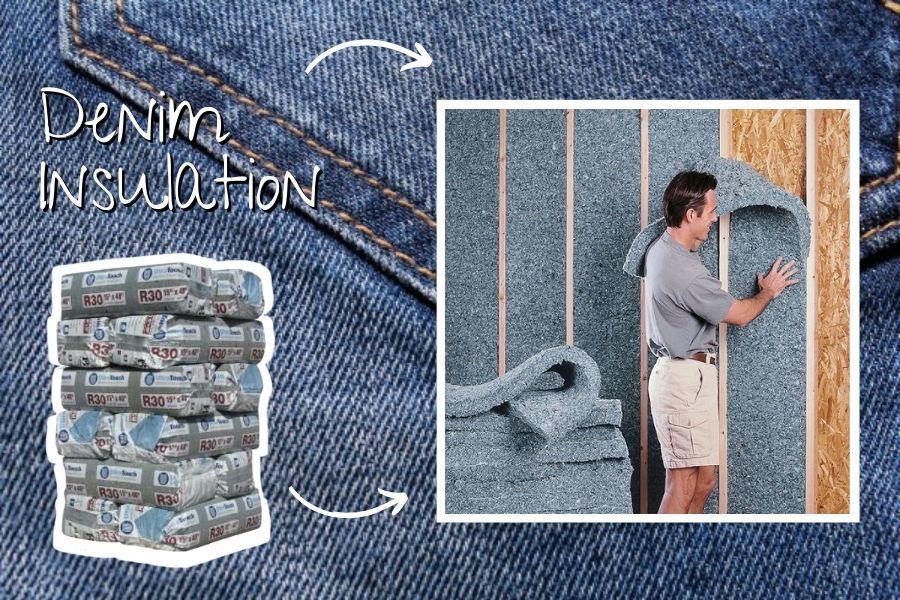Last updated on
Discover innovative and practical ways to repurpose or recycle your old swimsuits.
Key takeaways:
- Assess condition before donating
- Donate to charities and shelters
- Upcycle into cleaning rags or a cover-up
- Repurpose into a bag or purse
- Seek textile recycling programs or take-back programs
Assessing Suit Condition for Donation
Checking your swimsuit for signs of wear and tear is essential before considering it for donation. Examine the fabric for any stretching, fading, or snags that might affect its usability. Ensure the elasticity is intact, particularly around the waist and leg openings. Also, look for any loose stitches or fraying that could compromise the garment’s integrity.
A swimsuit should be free from stains, odors, and discoloration. This scrutiny is crucial because most organizations only accept clothing that’s in good condition and that can be worn comfortably by someone else. If the swimsuit passes this quality check, it’s ready to find a new home where it can be appreciated and used to its full potential.
Donating to Charities and Shelters
Considering the needs of others can give your old swimsuit a new lease on life. Many local organizations gladly accept gently used swimwear for those in need, such as community shelters and charity shops. These donations not only extend the garment’s life but also support a sustainable cycle of reuse, benefiting both individuals and the environment.
Before donating, ensure the swimsuit is clean and in good condition—free from rips, stains, or excessive wear. Also, be aware of the policies of the intended charity; some may have specific requirements or may not accept swimwear due to hygiene concerns. It’s wise to call ahead to confirm they can accept your item.
Consider specialized programs such as women’s shelters or organizations that provide vocational training in sewing and textiles, as your swimsuit could serve as a practical learning tool or provide a much-needed resource.
Remember, the act of donating should stem from the intent to help, not simply to discard an unwanted item. Opt to donate in-season, as shelters are more likely to distribute swimwear during spring and summer, matching the garment’s utility with the recipient’s immediate need.
Upcycling Swimsuits Into Cleaning Rags or a Swimwear Cover-Up
Old swimsuits, especially those made from durable, absorbent materials, are excellent candidates for transformation into cleaning rags. These rags can be used for a variety of household tasks, from dusting furniture to wiping down car interiors. To create a cleaning rag, simply cut your swimsuit into the desired size and shape. The stretchy fabric is particularly good for getting into nooks and crannies.
Another creative reuse idea is to make a swimwear cover-up. This option is particularly good for swimsuits with interesting patterns or designs that you’re still fond of. With a little sewing know-how, you can fashion the swimsuit material into a unique and personal garment. For example, you could create a skirt or a simple wrap that is perfect for poolside lounging. This provides a second life for your swimsuit in a fashion-forward way that celebrates its history with you.
Repurposing Into a Bag or Purse
Repurposing your old swim attire into a fashionable bag or purse marries creativity with sustainability. Durable swimsuit materials make for excellent beach totes, protecting contents from moisture and sand.
Here’s a quick guide to get you started on this eco-friendly project:
- Select an old one-piece swimsuit with a striking pattern or color for the main body of your bag.
- Cut the swimsuit straight across, just above the leg openings, to create a tube.
- Sew across the bottom to form a base, choosing a thread that complements the fabric.
- For straps, use the remaining material from the upper part of the one-piece or braid multiple bikini straps together for strength.
- To secure the top, install a zipper or create a drawstring closure using the swimsuit’s halter strings.
These innovative bags are not only a conversation starter but also a testament to reducing waste through upcycling.
Options for Swimsuit Recycling and Proper Recycling Protocols
Swimsuits pose a unique challenge in the recycling process due to their mixed-material composition, often blending nylon, spandex, and polyester. Textile recycling programs that accept these materials are the best option for ensuring your old swimwear doesn’t end up in a landfill.
Locate local recycling facilities that handle textiles, and inquire specifically about their ability to process swimwear.
Before recycling, ensure that the swimsuit is clean, as soiled textiles can contaminate the recycling batch. Check with the facility regarding their preparation requirements—some may prefer that you remove any non-textile elements, such as metal clasps or plastic boning, which typically cannot be processed with the fabric.
If specialty recycling isn’t an option, seek out companies that offer take-back programs. Certain brands are committed to sustainability and encourage consumers to return their worn products for recycling or responsible disposal.
Lastly, explore creative community recycling projects that transform old swimsuits into new products. Participation in such programs not only diverts waste from landfills but also supports innovative recycling initiatives.
Keep an eye out for textile drives or themed collections that occur in your area where swimsuits might be repurposed for things like art projects or community plays.
Related reading:
Table of Contents

